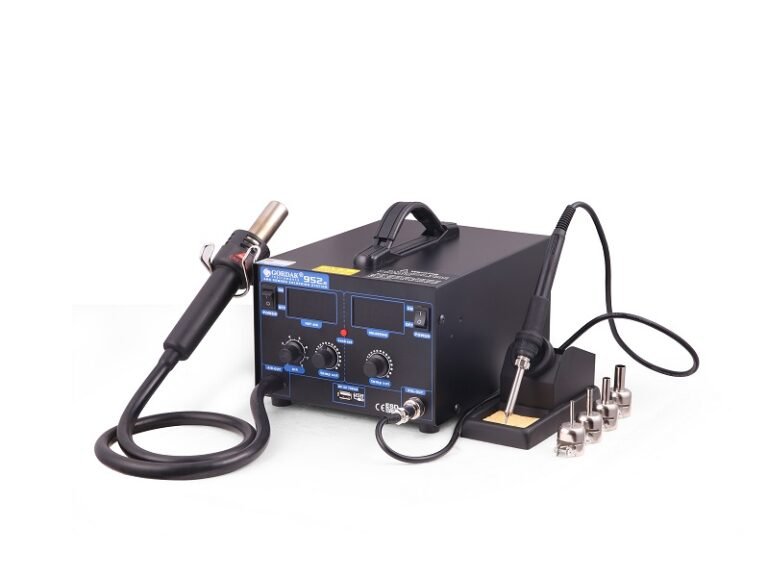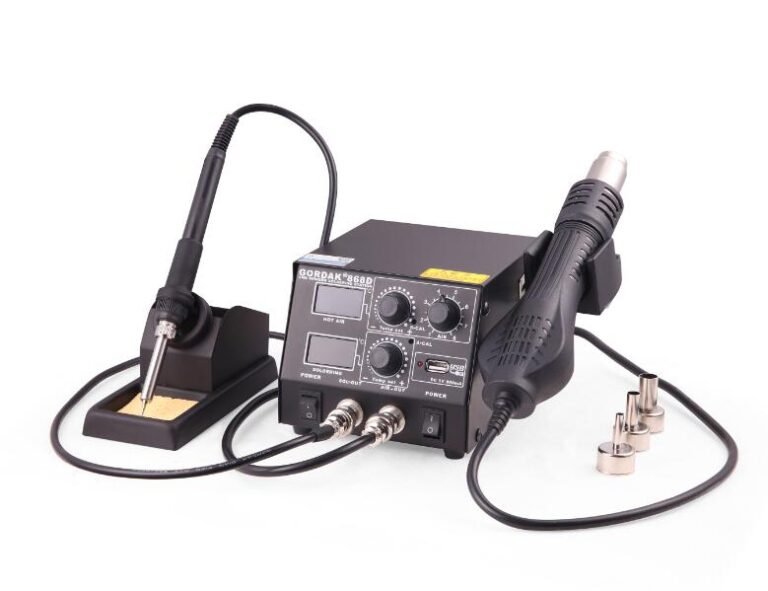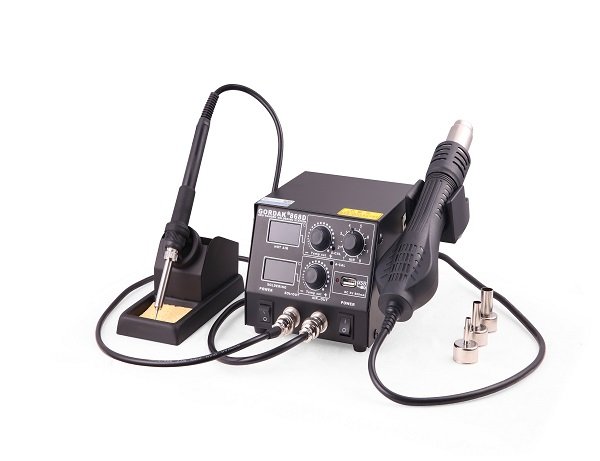Welding and soldering are two commonly used techniques in the field of metalworking. Although both processes are used to join two or more pieces of metal together, there are distinct differences between them. This article aims to explore and highlight the dissimilarities between welding and soldering, shedding light on their unique characteristics.

1. Joining Mechanism
One of the fundamental differences between welding and soldering lies in their joining mechanisms. Welding involves melting the base metals and adding a filler material to create a strong bond between the two pieces. This is achieved through high temperatures and intense heat, typically generated by an electric arc or a gas flame. On the other hand, soldering joins metal pieces by melting a lower melting point metal alloy, known as solder, which acts as a bonding agent. The solder material is typically heated using a soldering iron, ensuring that the base metals do not melt.
2. Strength and Durability
Welded joints are generally considered to be stronger and more durable compared to soldered joints. This is primarily due to the higher temperatures employed in welding, which result in the melding of the base metals. The fusion that occurs during welding creates a bond that is capable of withstanding greater mechanical stress and load-bearing. On the other hand, soldered joints are relatively weaker and more prone to failure under heavy loads. Consequently, soldering is often preferred for lighter applications or when electrical conductivity is required.
3. Applicability and Versatility
Welding is widely used in various industries, including construction, automotive, and aerospace, due to its superior strength and durability. It is particularly suitable for joining thick or heavy metal components. Additionally, welding can be utilized to join different types of metals, such as steel, aluminum, and stainless steel. On the contrary, soldering is commonly employed in electronics, plumbing, and jewelry making, where precision and delicate joints are required. Soldering is most effective when joining small or thin metal parts, including electrical circuits and copper pipes.
4. Heat Requirements
Welding typically requires significantly higher heat levels compared to soldering. Welding processes involve temperatures ranging from several hundred degrees Celsius to several thousand degrees Celsius, depending on the type of welding technique used. This high heat requirement is essential for melting the base metals and the filler material. In contrast, soldering operates at lower temperatures, usually below 450 degrees Celsius, to melt the solder material without affecting the base metals. This lower heat demand makes soldering more suitable for delicate components that are sensitive to high temperatures.
Conclusion
In conclusion, welding and soldering are distinct processes with unique characteristics. These differences extend to their joining mechanisms, strength and durability, applicability, and heat requirements. Understanding the dissimilarities between welding and soldering allows professionals to choose the appropriate method for their specific application, ensuring efficient and reliable joining of metal components.



